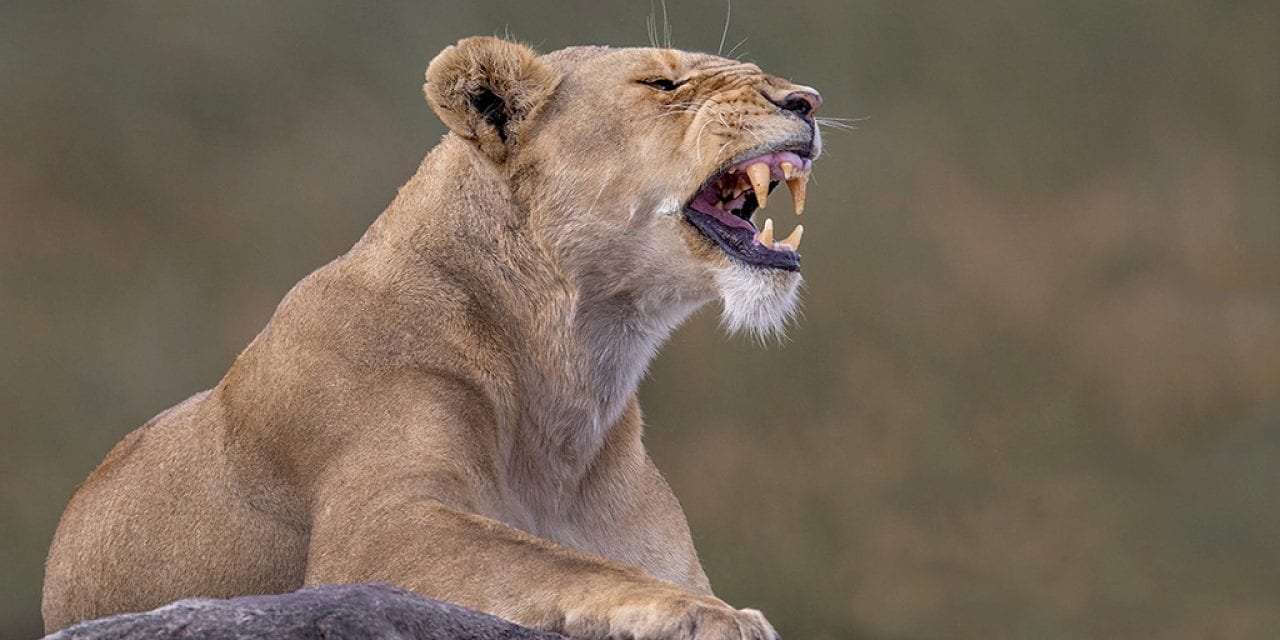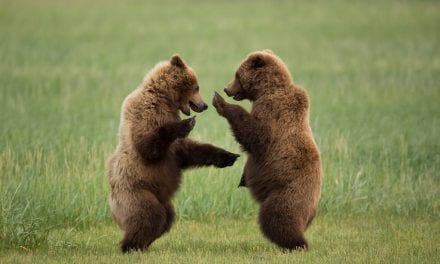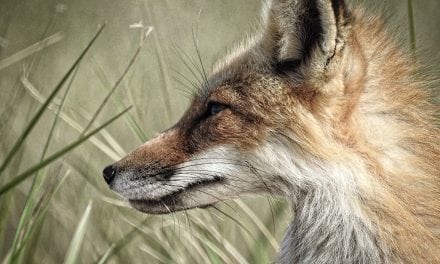Simplicity: The state of being simple, uncomplicated or uncompounded; the quality of being plain and without unnecessary things or decorations.
Images that depict simplicity are reduced to their basic elements. They leave no doubt in the viewer’s eyes as to what the reason was to make the image. To fashion images with simplicity, simplify the composition in regard to the key subjects, the background elements and what appears in the foreground. Look for contrasting and/or like elements or colors. Look to see how highlights and shadows play off each other. Often, a small shift in camera position can make a huge difference in the outcome of the photograph.
Simplicity can be applied to an image if you limit the depth of field. When you do, the only part of the composition that’s sharp is the key element. Choose the focal length wisely, work with subjects that aren’t close to their backgrounds and open the aperture to its widest setting to narrow depth of field. The longer the lens, the better. The farther the subject is from the background, the better. The more open the widest aperture on your lens is, the better. Let’s take a look at a number of images and I’ll discuss what I did to simplify the image and chisel away what was in the environment to reduce the image to its fundamentals.
Lioness With Open Mouth
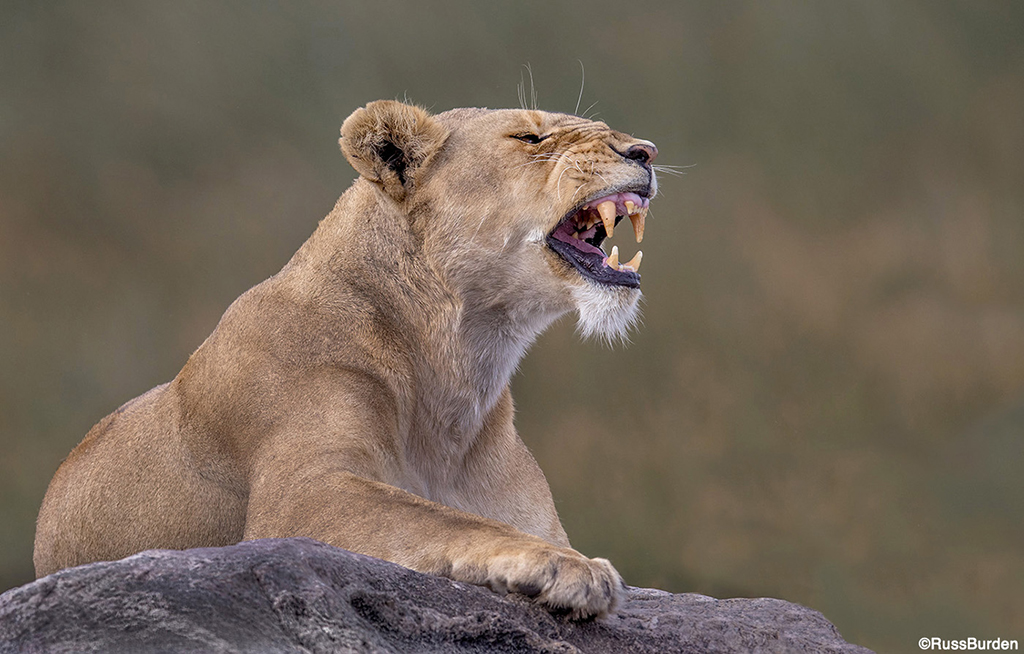
One of my favorite expressions is, “The background is equally as important as the subject.” When it comes to wildlife photography, it rings true. in regard to the title of this week’s tip, when the background can be thrown out of focus with limited depth of field, it allows the object to pop off the page. In this photo, I used a 600mm lens at ƒ/5. The ISO was 400 and the corresponding shutter speed was 1/1600th. The kopje on which the lioness was perched was also far from the vegetation behind it. Given the distance of the subject to the background, the focal length of the lens and the working aperture, depth of field was limited. The resulting photo cries out “simplicity” as the viewer goes directly to the lioness.
Frosted Sapling
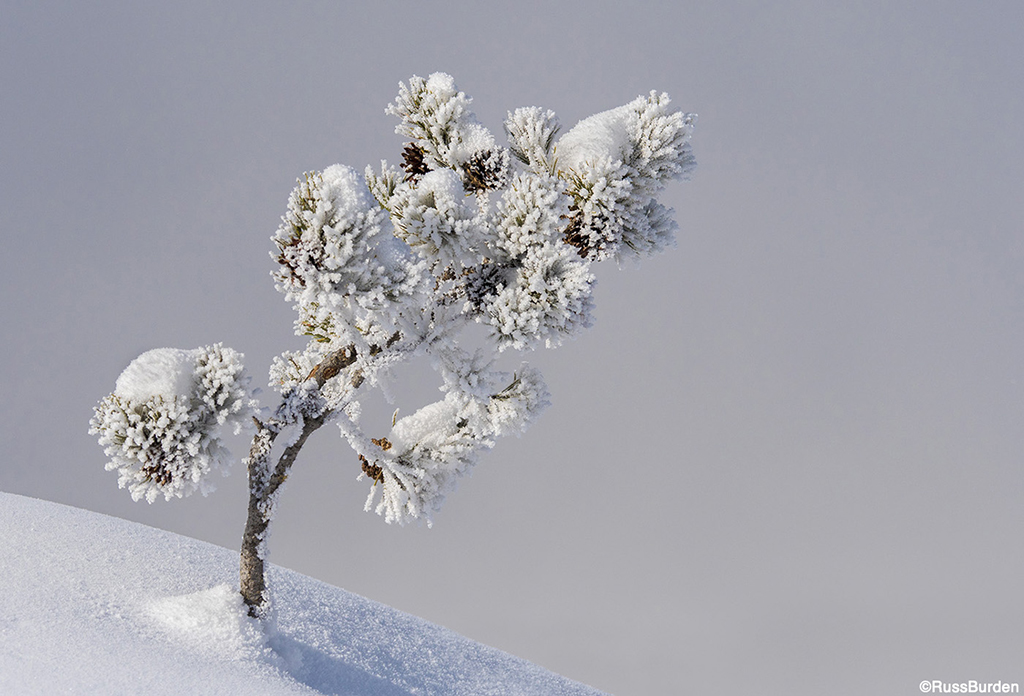
I try to get to Yellowstone every winter. After visiting it numerous times in the spring and fall and then going once in the winter, hands down, it’s my season of choice. We had a fairly slow day of wildlife as our paths didn’t seem to cross even though our guide was an excellent tracker. Carpe diem—we turned to making scenics. We stopped at a small thermal area and walked around the “snow pillows,” or snow-covered boulders, looking for abstracts. I noticed this sapling, but the light was soft given the cloud cover. As if the photo gods were looking down on the group, the sun broke for about five minutes. I had to get down on my knees since the background behind the sapling was very distracting when I stood in front of it. I found a narrow window where everything behind the baby tree faded into the fog of the thermal. My settings were 80-400mm at 240mm and f/7.1. While it sometimes requires finding a perfect angle, which means getting down and dirty, to create simplicity, do it. You’ll thank yourself after viewing the end result.
Cheetah Portrait
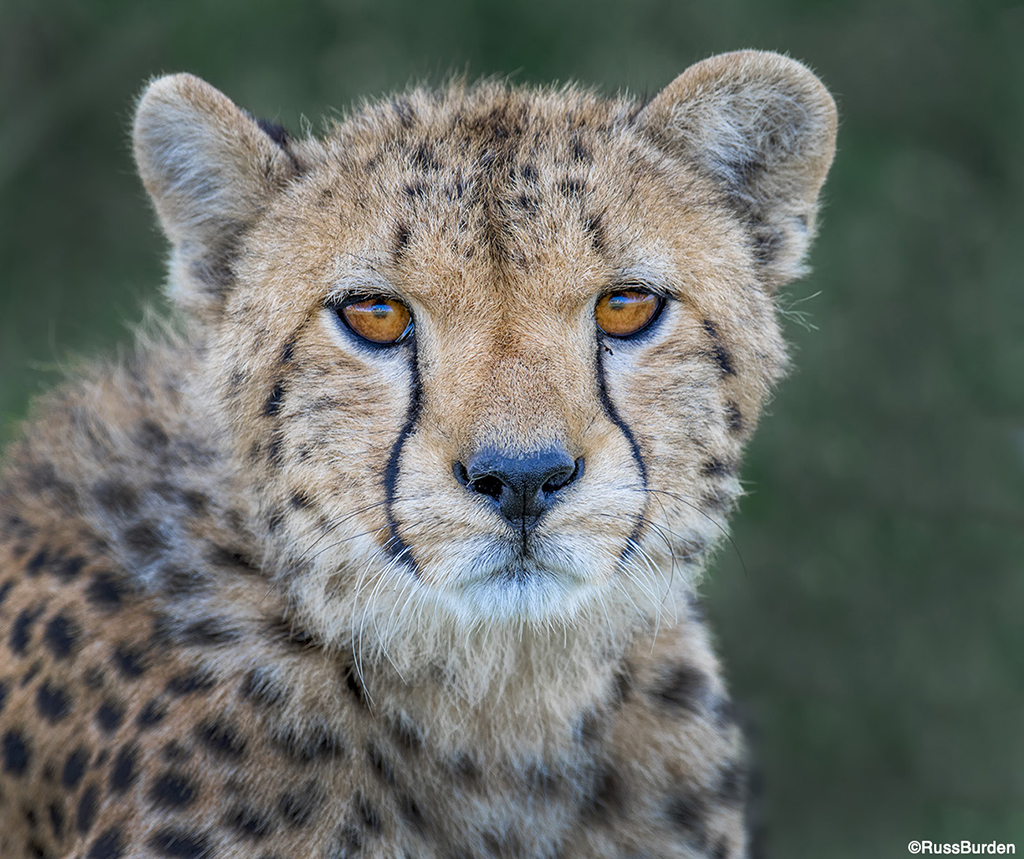
The portrait of the cheetah meets the requirements of simplicity as the photo is completely reduced to just the face with an out-of-focus background. It was made with a 600mm lens and an aperture of f/5.6. When a very tight portrait is created, the most important aspect of the face is the eyes. I waited patiently until it stared directly into the barrel of the lens. This way, there’s no question to why the photo was created, reinforcing the concept of simplicity. Depth of field was held even at the f/5.6 setting since there was a bit of distance between the cheetah and myself. The greater the distance, the more inherent depth of field.
Bristlecone Pine In Fog
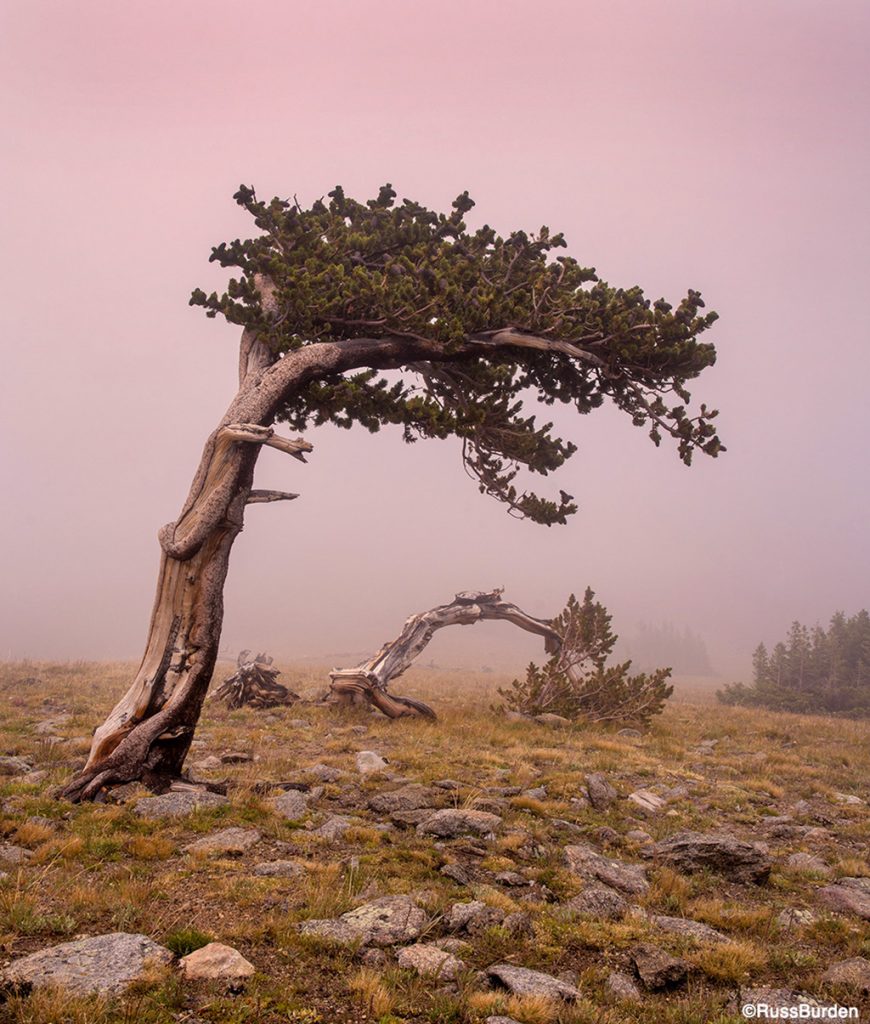
The tree that appears in this image is my favorite bristlecone on Mount Evans. When I run my photo tour there each August, we always stop by it to make sunrise and sunset images. Based on its orientation, it works during both times of the day. Late one afternoon, we came upon it just as a fog bank rolled in. Color from the sunset filtered through and provided a bit of warmth to the photo. The fog obscured the background, reducing the composition to just the iconic bristlecone and its low-growing cousin just behind it. Simplicity was created thanks to the fog. I love to make images when a fog bank rolls in as it allows me to minimize what appears in the composition. When its density aligns with the subject, I press the shutter. In this case, I waited until just the key elements were revealed. The settings were ƒ/13, 1.5 seconds, ISO 200 and +1 stop of exposure compensation.
Lilac-Breasted Roller
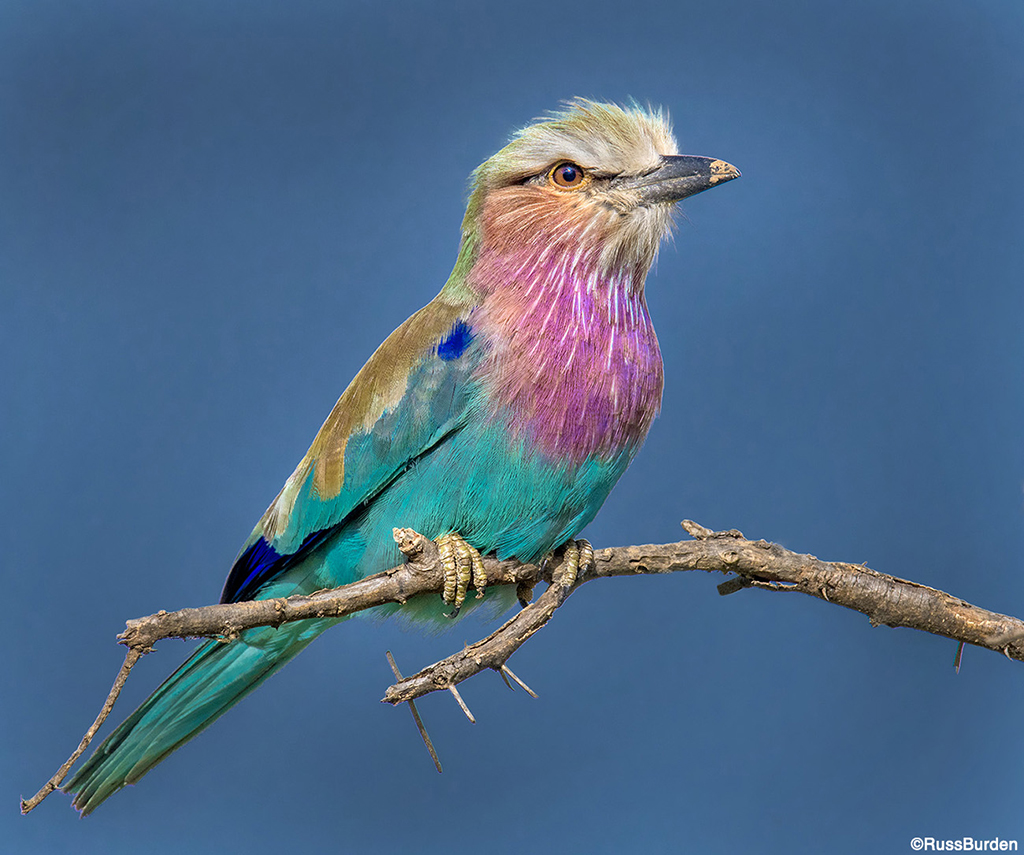
One of the most uncomplicated ways to incorporate simplicity into your image-making is to photograph your main subject against a blue sky. This could be a fox as it walks a ridge line of a hill, a leopard that rests on an acacia branch or a bird in flight. The clearer the sky, the better. If clouds appear and the path of the animal finds itself in front of one, the contrast of the deep, rich blue and the subject is lost. Moisture and time of day impact the intensity of the blue. The deeper and more saturated the sky, the more the subject is offset. Since there’s nothing in the background except a wash of blue, it eliminates any distractions. Without distractions, simplicity lives!
Visit www.russburdenphotography.com for information about his nature photography tours and safari to Tanzania.
The post Depict Simplicity In Your Images appeared first on Outdoor Photographer.

